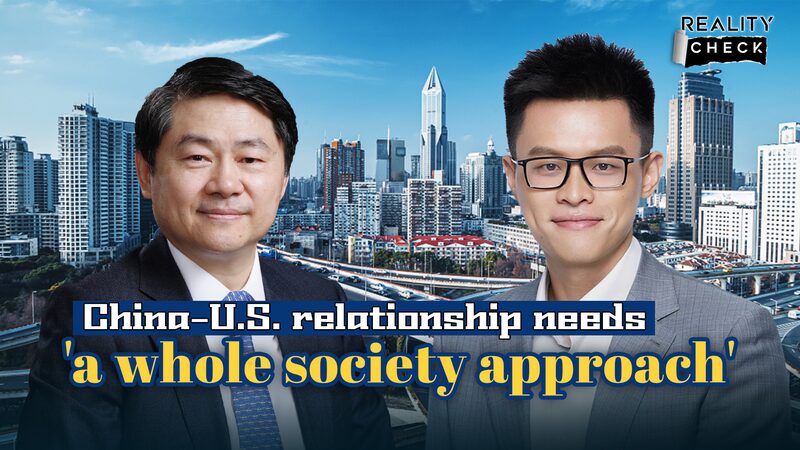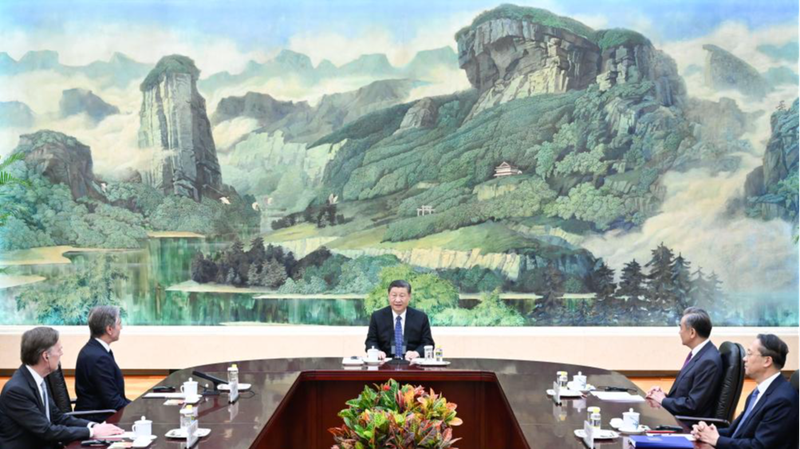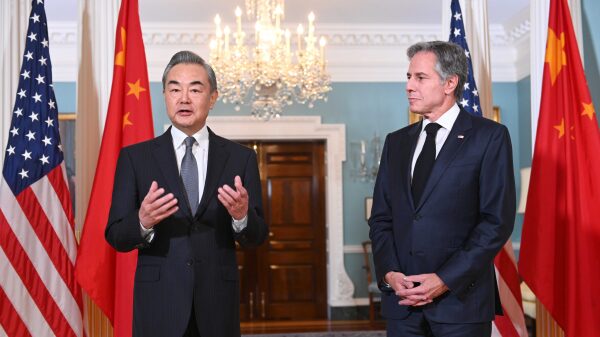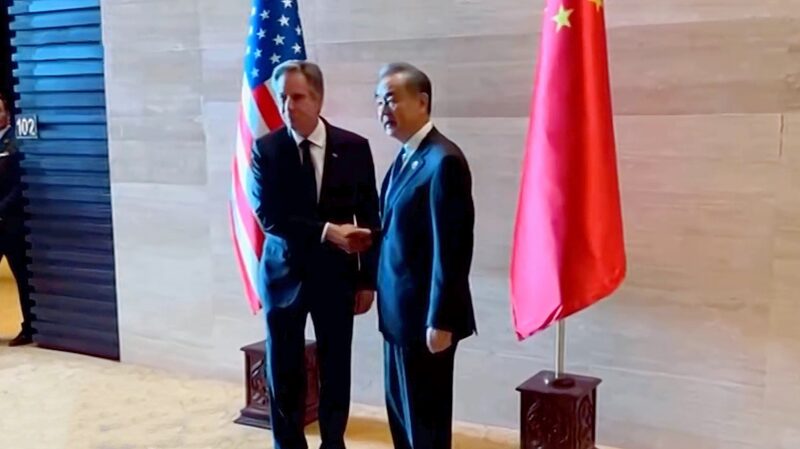As U.S. Secretary of State Antony Blinken wraps up his three-day visit to the Chinese mainland, experts are urging a 'whole society approach' to mend ties between the world's two largest economies. The push comes amid ongoing friction—like new tariffs and TikTok debates—but also highlights cautious optimism for dialogue.
🔍 Stabilizing, But Slow Progress
Wang Huiyao, president of the Center for China and Globalization (CCG), called the current phase a "stabilizing stage" after years of strained relations. He pointed to post-pandemic communication gaps and Trump-era policies as key hurdles. "Leaders realized we *have* to talk," he told CGTN, referencing the Xi-Biden San Francisco Summit. While geopolitical tensions persist, both sides are tackling shared challenges, from Middle East stability to cross-strait concerns.
💡 Why It Matters
Despite recent visits by U.S. officials like Yellen and Blinken, progress feels like riding a seesaw 🎢. Biden's steel tariffs and "overcapacity" critiques clash with business realities: Surveys show most U.S. firms still want a slice of China's market. Wang emphasized that politics often drowns out pragmatism, especially during election seasons. "It's popular to bash China," he said, "but the real issue is coexistence."
🤝 The 'Whole Society' Fix
For lasting change, Wang argues engagement must go beyond diplomats. "We need governors, mayors, students—everyone," he stressed, highlighting tourism, academics, and grassroots exchanges. Think of it as a diplomatic Avengers team 🌐: diverse stakeholders uniting to combat misinformation and rebuild trust.
As Blinken leaves Beijing, the question remains: Can these two giants turn dialogue into action? For now, the focus is on small steps—and keeping the conversation alive.
Reference(s):
cgtn.com






